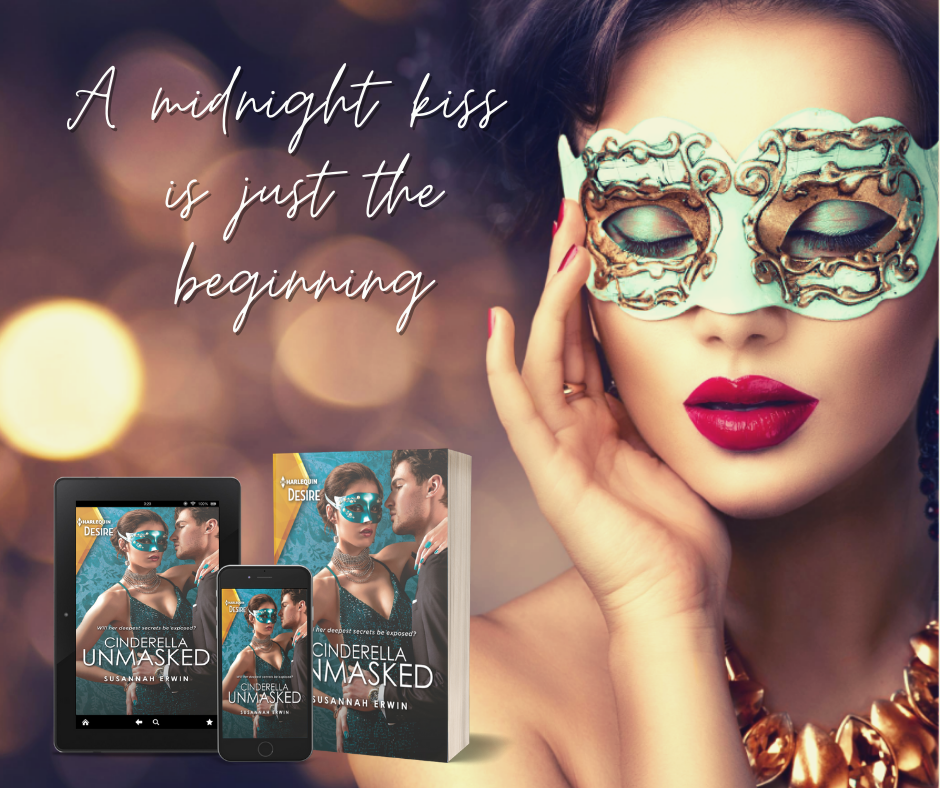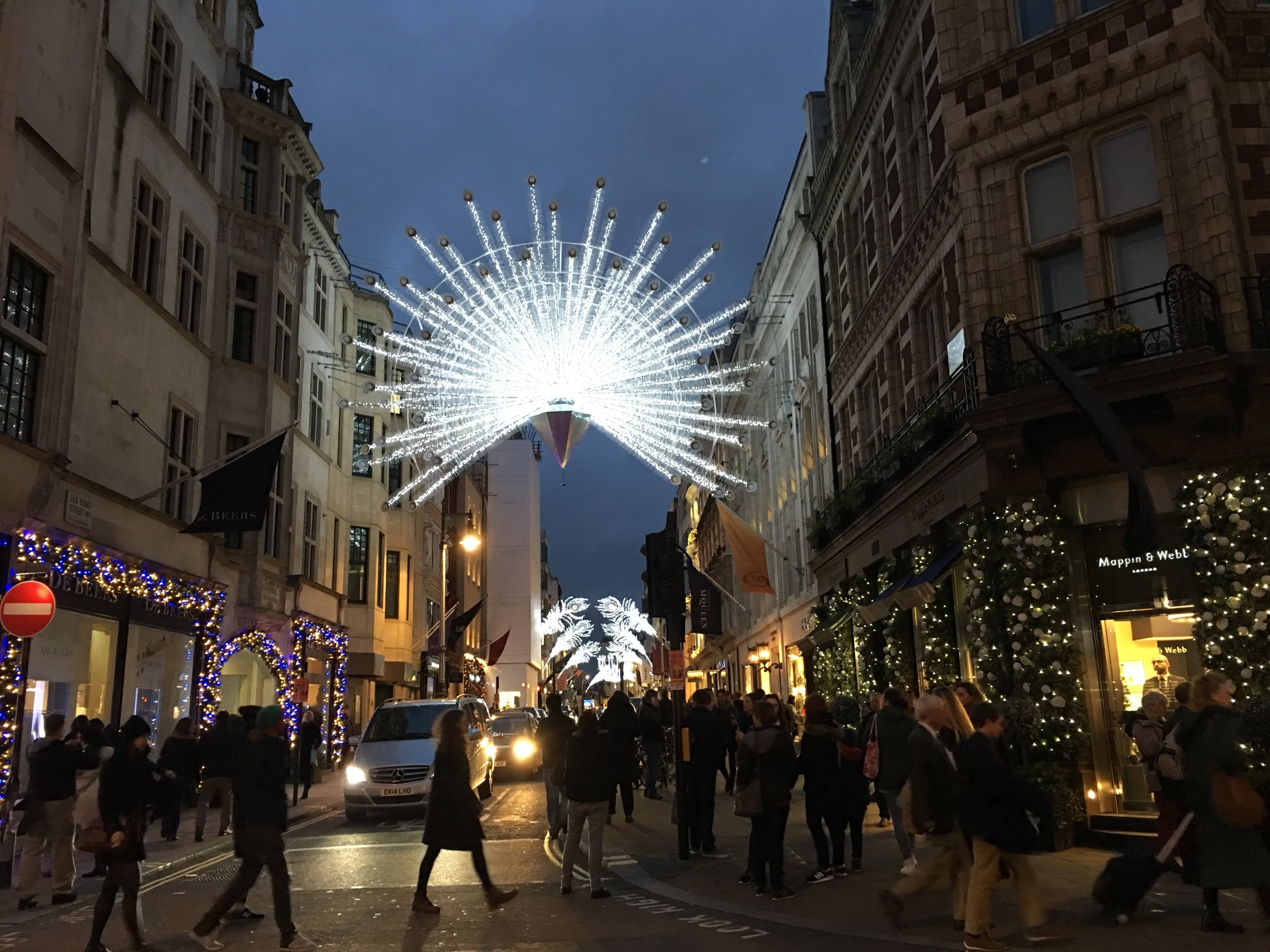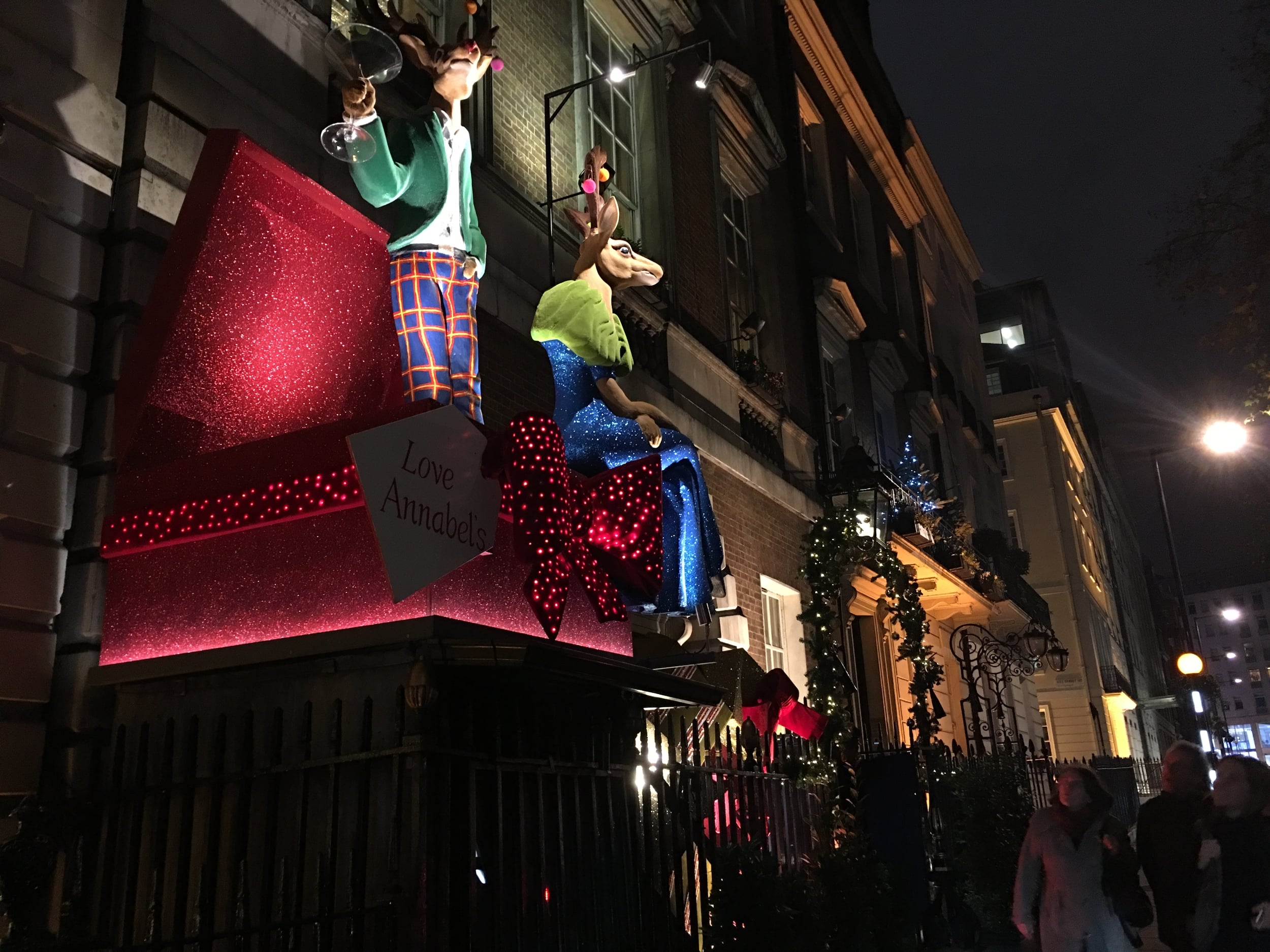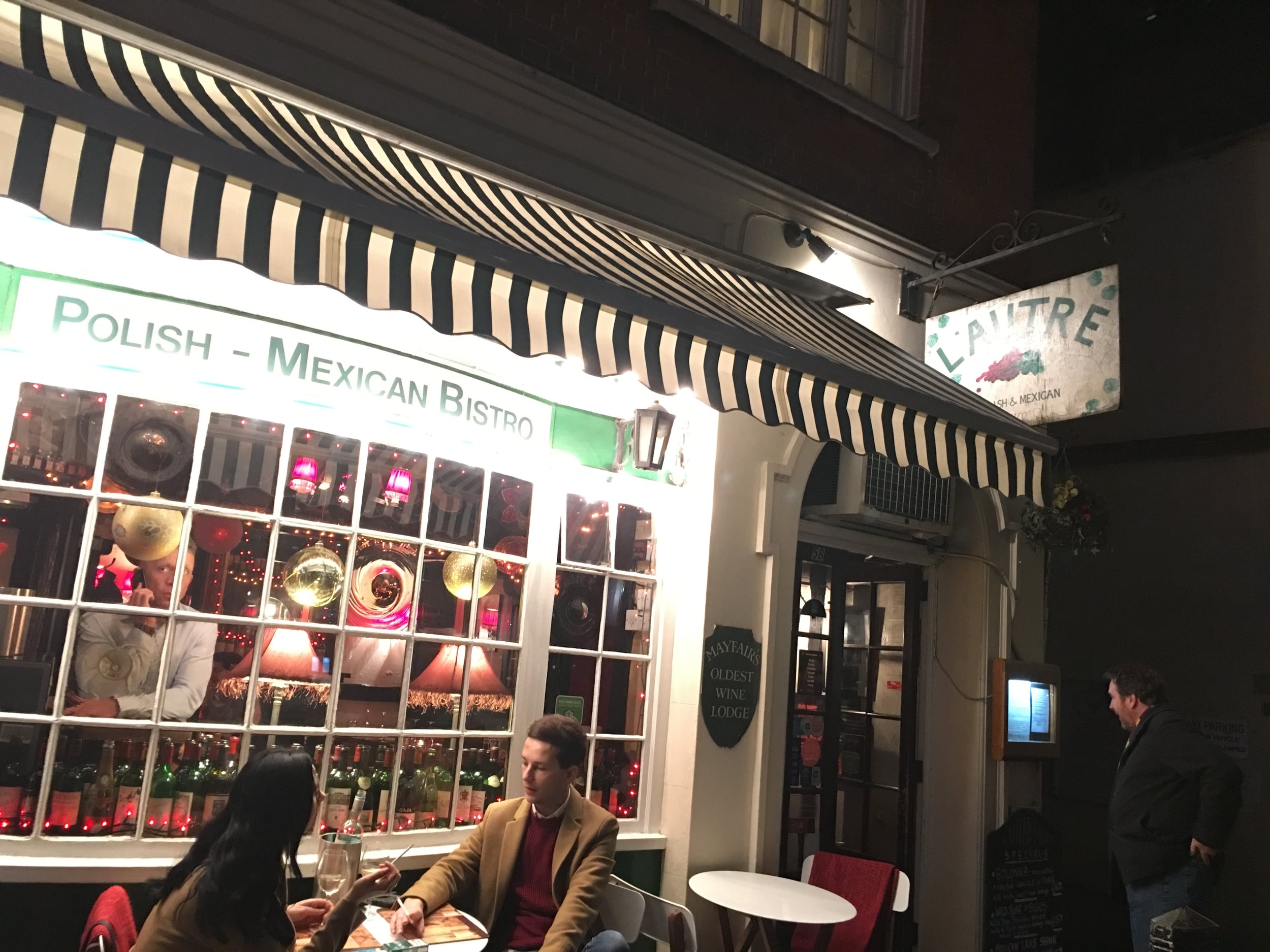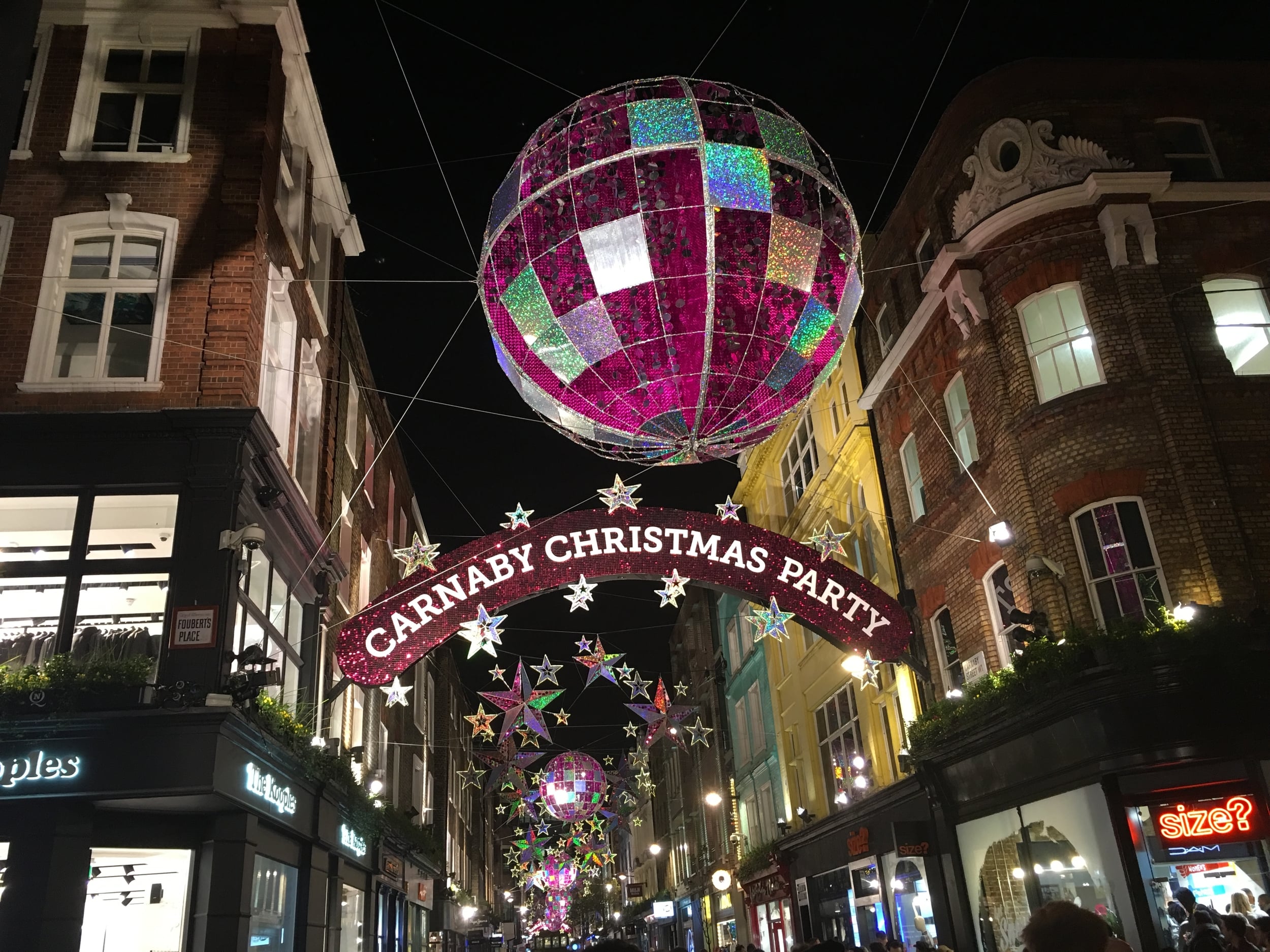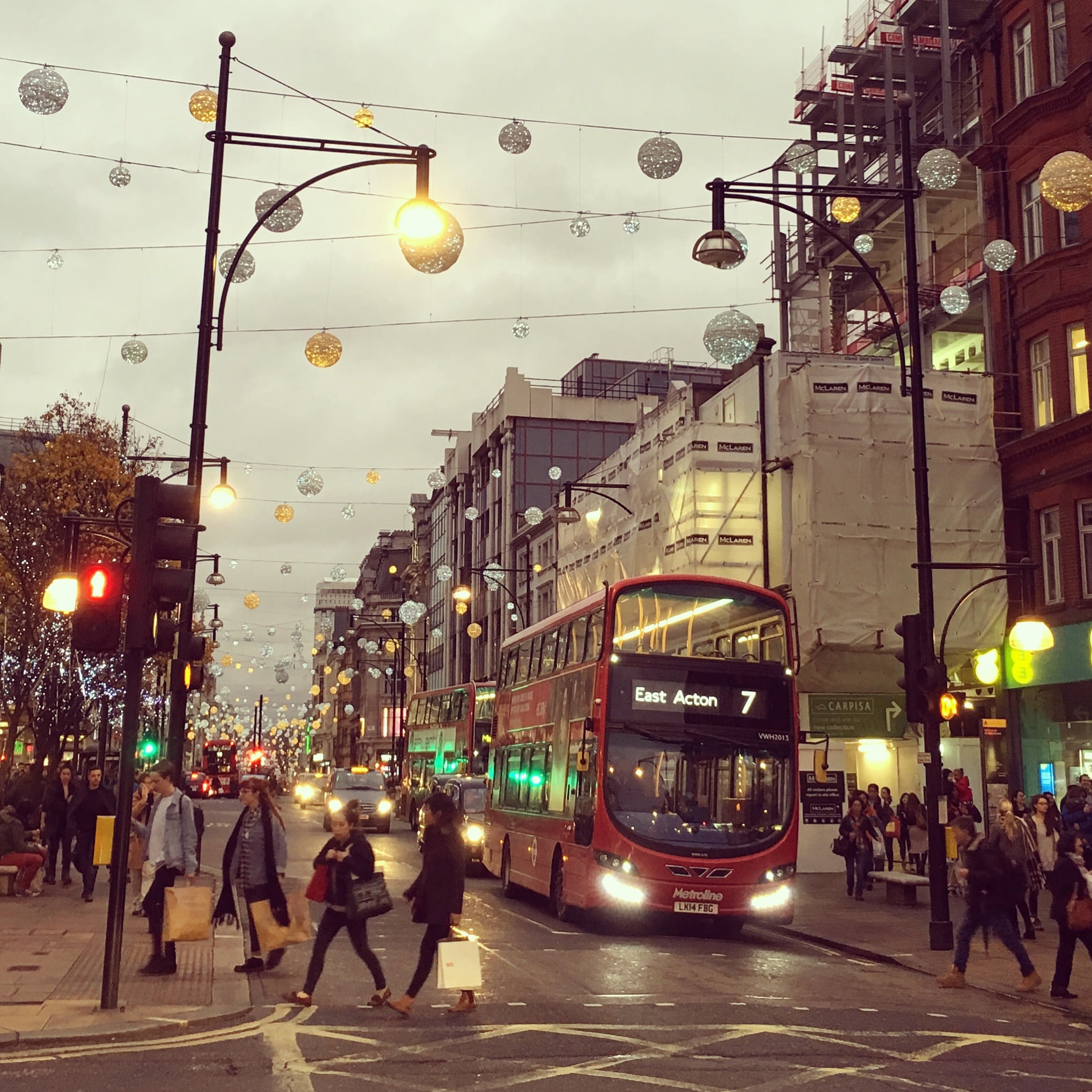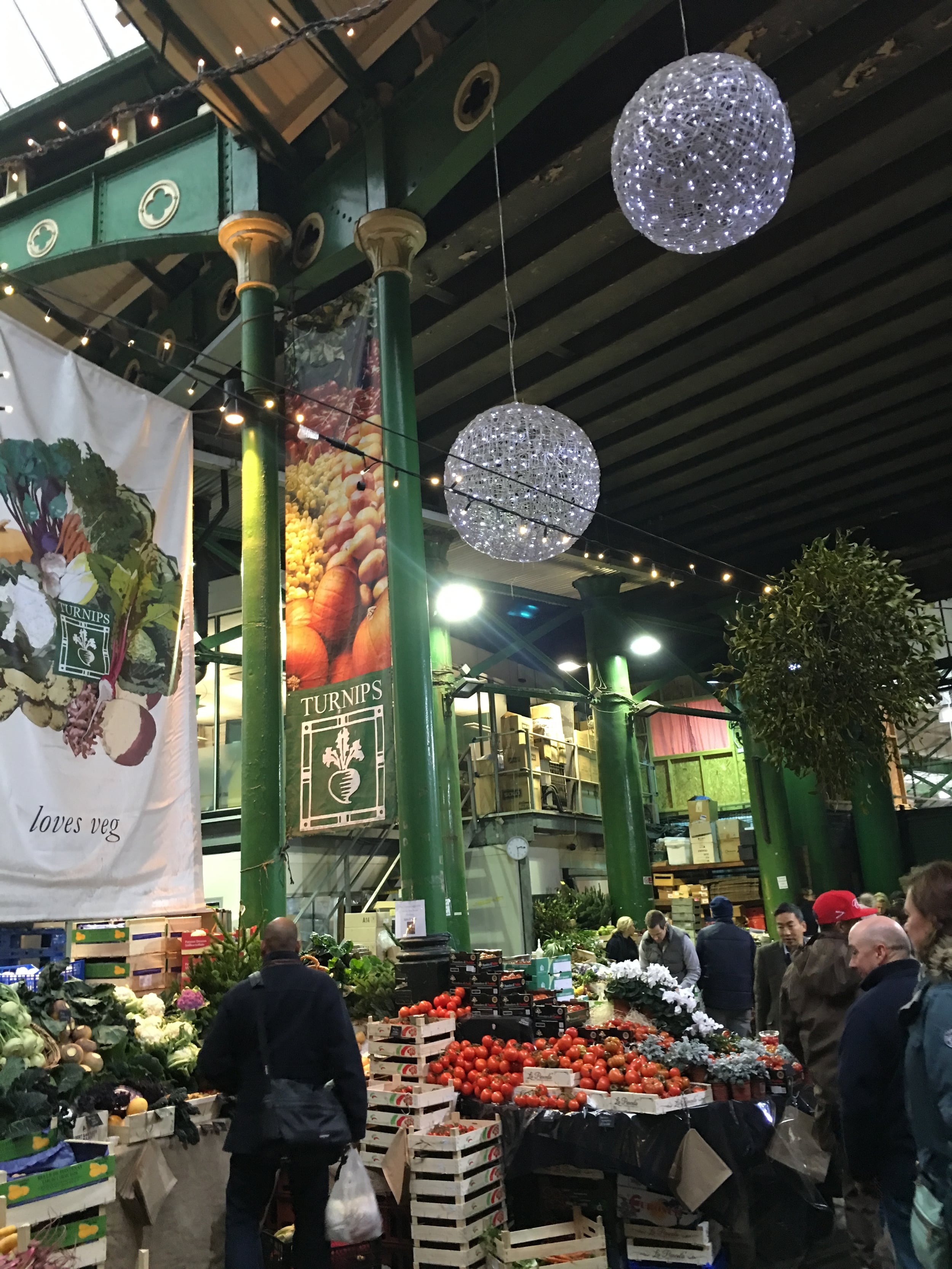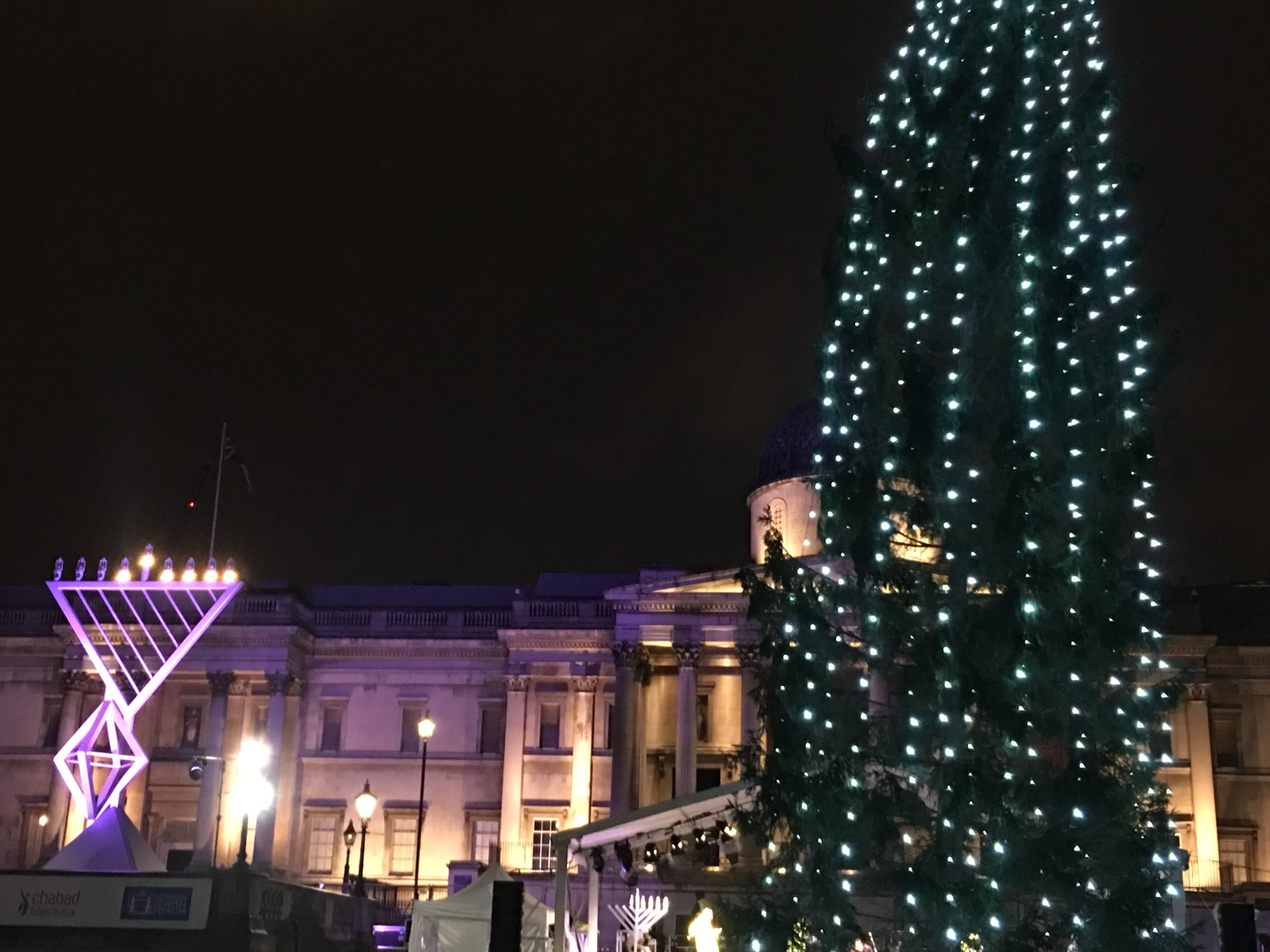The basics:
Facebook offers two ways to connect with friends, family and the public: Profiles and Pages.
Profiles are meant for personal use. Profiles have “friends,” and there is a limit of 5000 friends per profile. Facebook does not provide any analytics for Profiles, and you cannot advertise or boost your posts so they appear in your friends’ timelines. Security settings allow you to limit who sees the content on your Profile – you can set posts to “friends only” or even create a subset of friends. Friend requests must be accepted by you.
Pages are meant for business use. Pages are “liked,” and there is no limit to the number of people who can like your page. Likes are automatically accepted, although you do have the option to block people if needed. Posts are also automatically public, although Facebook allows you to optimize who sees your Page posts (more about that here). One of the best features of having a Page is the suite of analytics. Facebook provides a wide range of data, from your followers’ demographics to how well a certain post performed to what time of day is best to post.
When it comes to delivery of your content to your friends/followers, both Profiles and Pages are subject to Facebook algorithms, which are determined in part by the frequency of interaction (and as soon as someone cracks the algorithm, FB changes it). However, you may find your Profile has a much stronger organic, i.e. not paid for, delivery than your Page, especially at the beginning. This is because Facebook presumes you and your friends have a personal relationship, while you and your followers have an arms’ length consumer relationship.
Because of this, some people stopped using Pages and went back to Profiles as their primary means of communication with buyers.
However, Facebook has periodically cracked down on Profiles that act as Pages (i.e. promote products for sale). It’s their platform, their rules, so in my opinion you’re better off biting the bullet and trying to grow a Page instead of relying on your Profile.
Other advantages of Pages?
Assign page roles to helpers. If you want to hire an assistant or a social media consultant to post for you, you can – and then you can take away the privilege when the relationship is over.
Create events. Want to alert people to a book launch or a book cover reveal? This gives you another way to reach your audience.
“Shop Now” button. Are you selling books from your website, or do you want to point people to Amazon or another retailer? This button goes at the top of your Page, and you’re able to promote it.
I have a Profile and a Page – what do I post on what?
There is no rule. Some people use their Profile only as an Admin for their Page, and all their content goes there. Some people use their Page as if it were an author website – keep it tightly focused on book info and as a way to contact the author – and use their Profiles to update their followers.
Which is right for you? Depends on your author brand and your social media goals.
My preference for clients is to use the Profile for close friends and family. This is where updates about the kids and political rants and other personal tidbits go. You have control over your post audience on a Profile, so if you want to share particularly sensitive news, you can granularly select who sees it.
The Page is your business face. News about your books, as well as content that speaks to your author brand, go here. For example, maybe you write political thrillers, in which case talking about politics would be A-OK. Or maybe you write medical romances, so your content includes the latest health breakthroughs. Or you're working on a paranormal series starring ghosts, so you feature “Friday Phantasms.”
What you post is up to you, and the factors include your comfort level, your brand, your preferred audience, and your goals. Social media is a time investment, so what would a good return on that time spent look like to you? Is it when your posts are regularly shared? Or you have over 10,000 likes? Or a tight-knit core of fans comment regularly? And then create your content strategy to focus on that goal.
What if I don’t have a book to promote?
You can still craft your author brand. Think of your author self as another character. What would she share on her Facebook page? Is she funny, inspirational, educational? You want to be authentic to who you are, but you also want to give people a taste of what they will find in your books. Use your voice.
Maybe you’ve found some great articles about writing. Or you discovered your great-grandmother’s recipe for chocolate cake and decided to make it from scratch, despite missing one or two ingredients. Or you like to play the oboe or take bike rides or explore museums. Or you love sharing Star Wars memes. This is a chance for you to find people who like to connect with you and who will be more than happy to buy your book when it does come out.
Again, it’s up to you and the persona you want to project. And it may take a while for you to figure out what makes you comfortable and what gets the best reaction, so use this time to experiment a little.
Can I post the same thing on both my Page and my Profile?
Sure. But be aware the Facebook algorithm is always running in the background, and if your interaction goes down because your friends/followers are tired of seeing the same content, your organic delivery of both Profile and Page will fall.
If you do want to reach both audiences, I’ve read that Profiles should share Page posts. In other words, post on your Page, then use your Profile to share the post on your Profile timeline. But I haven’t tested this.
Can I post the same thing on Facebook and Instagram and Twitter and…
Again, sure. It’s popular to hook up accounts so that when you, say, tweet, it’s automatically posted on Facebook.
But.
Each medium has its advantages and disadvantages, as well as its own language. Instagram is all about the hashtag. Twitter has a character limit. Facebook prefers native content.
It’s a timesaver to connect your accounts, but you may not be optimizing the strengths of each platform with cookie cutter content. Also, if you auto-update across platforms, keep in mind that social media is, well, social. People like seeing your content, but the true value of social media is interacting with others. So visit your accounts regularly and respond to comments, messages, etc.
Tools such as Hootsuite make it easy to auto-schedule content across various platforms, while allowing you to tweak the message to take advantage of each platform’s unique features.
You keep talking about delivery. What does that mean?
Facebook offers two types of content delivery: organic and paid.
Organic delivery is awesome. You post a message, Facebook delivers it to all your followers et voila! Your message is seen by your audience, no muss, no fuss (and no $$$). Trouble is, Facebook knows having your message seen by others is valuable.
Enter paid delivery. Facebook offers many forms of advertising: promote your page, boost your boost, etc. It’s a relatively cost effective form of advertising compared to Google AdSense or traditional media ads, and Facebook provides decent audience targeting tools. Facebook also owns Instagram, so you can use one ad account for both platforms.
Unless your Page followers are interacting with you regularly, Facebook will throttle organic delivery. Facebook also appears to throttle delivery when you share someone else’s post and/or post an outside link. Delivery of native content – content you uploaded directly to Facebook, such as a photo or a video - is favored by the Facebook algorithm and in my experience, will organically reach a wider audience.
While Facebook wants you to pay for delivery, they won’t accept just any ad or boosted post. They want the overall experience to be a good one, and in their experience ads with lots of text decrease enjoyment. Facebook will massively throttle delivery or even refuse to take ads that don’t meet their standards. The old rule was text can’t be more than 20% of the image, and that’s still a good guideline. You can check if your image meets Facebook’s text to image proportion requirements here.
Facebook does make an exception for book covers. For more information on what Facebook will or won’t deliver, go here.
Fine, fine, but how do I build audience?
One person at a time.
Joking…but not really.
The best way to build followers, although slow, is organically. The people who find your Page on their own are there because they want to be, and they are your most receptive audience. Otherwise:
- Invite your Profile friends to like your page. On the right sidebar on your Page, in the second box, you’ll see a link that will let you send an invitation to whoever you select.
- Are your friends and family your biggest cheerleaders? Ask them to post about your Page on their timelines. Sometimes it’s easier to have someone else ask for likes than to ask for them yourself.
- Do you belong to various Facebook groups? Do the groups allow self-promotion? Post a message asking for likes.
- Do you self-publish? Make sure there is a link to your Facebook page in your book’s back matter.
- Do you have an email list? On your next newsletter, provide a link to your Facebook page and ask for likes.
- Make sure you have links to your page on your website, on your RWA page(s) – both national and chapter(s) - and in your email signature. Put it on your business cards. Add it to your Goodreads profile. In short, if you have a presence elsewhere and it provides a means to list your social media networks, list away!
But those people have heard about me. What about people who don’t know I exist - yet?
Contests:
Facebook does not allow you to run contests that use Facebook as a means of entry (e.g. “Leave a comment on this post and be entered to win”). However, you can use Rafflecopter to run a contest that encourages people to visit your Facebook Page (and hopefully like it) as a means of entry. Disclaimer: make sure your contest follows all applicable laws and is not considered an illegal lottery. In other words, don’t force someone to purchase an item to win.
Publicity:
Have you been invited to guest blog or to write a guest article for a newsletter? Is your local paper writing an article on hometown writer makes good? Mention your Facebook Page and ask for digital versions of the article to link to it.
Advertising:
Pay Facebook to promote your Page. In my experience, this increases the numbers of likes substantially, but whether those likes are your ideal audience and they will be receptive to your content is a murkier matter. Carefully choose your message, image and who you target for ad delivery.
This goes without saying, but never respond to “I can increase your Facebook likes by 2000%!” offers. All that does is increase the bank balance of a click farm.
I have a metric ton of likes – so now I’ll sell lots of books!
Um….
Social media can be very beneficial, but it’s not an ideal sales tool. It’s an engagement tool. Social media allows you to find your tribe, your ideal readers, your sticky fans (in that they will follow you from book to book. Not that they need a shower).
But while advertising on Facebook can work (and for how to apply it to book sales, Mark Dawson’s course is highly recommended - and he’ll be at RWA in Orlando), people get annoyed at seeing ads disguised as timeline content over and over on social media.
The rule of thumb is 80/20: eighty percent of your social media content should be non-promotional in nature. And the best content provides some sort of value: it makes people laugh, or think, or dream.
The other twenty percent can be promotional: cover reveals, events, book launches, announcement of pre-sale and on-sale dates. But keep in mind people might not be in the mood to buy when they visit Facebook, or Twitter, or Instagram – they might just want to watch pretty images go by on their timeline and find out if their cousin finally got engaged. So in addition to social media, you should think about adding a direct sales tools such as a newsletter to your marketing arsenal.














